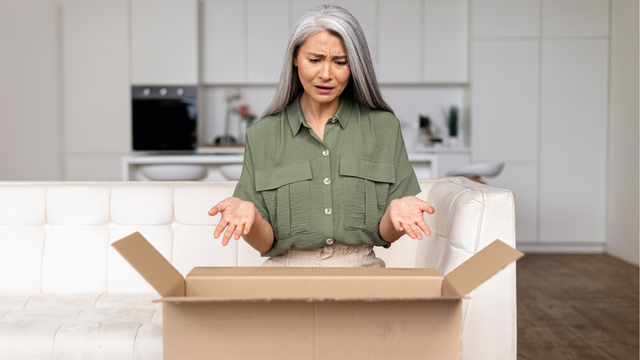Decades ago, capturing life's best moments often meant clicking away with a film camera—and storing those memories as photo slides. If you’ve unearthed a box of slides recently, you’re not alone. Families across the country are rediscovering long-forgotten treasures hiding in closets, attics, and basements.
But here’s the challenge: slides fade, warp, and become almost impossible to view without outdated equipment. Luckily, there’s a way to bring those captured moments back to life—and into the digital world where they can be easily enjoyed and shared.
Here’s everything you need to know about how to convert slides to digital and why acting sooner is better than later.
Why Slides Deserve a Second Look
Photo slides—also called transparencies—were the gold standard for preserving colors and details during the mid-20th century. Whether it’s a vacation to Yellowstone, a wedding day smile, or a candid backyard birthday party, each slide holds a memory you don't want to lose.
However, whether you have the popular 35mm slides, or others, these fragile transparencies carefully can suffer:
- Color Fading: The vibrant hues of old slides diminish with exposure to light, air, and time.
- Mold & Dust: Environmental conditions cause deterioration.
- Physical Damage: Bending, cracking, and moisture are common culprits.
Simply put: the longer you wait, the harder it becomes to save those images with clarity.

How to Convert Your Slides to Digital
There are a few paths you can take, depending on your time, budget, and confidence with technology:
1. DIY Slide Scanners
Some hobbyists use personal slide scanners at home. These small devices scan one slide at a time and can work for small batches. However, be mindful that:
- Quality varies dramatically
- Scanning is tedious and slow
- Color correction often needs manual editing afterward
2. Professional Slide Conversion Services
If you value quality, consistency, and care, consider using a professional slides to digital service.
Heirloom offers a simple, safe way to digitize your slides:
- Professional-grade scanners for high-resolution results
- Gentle handling of delicate slides
- Delivery via secure cloud storage for your memories—no DVDs to scratch or lose
- Easy downloads to share with family
💡 You can learn more about America’s best photo scanning service if you're curious about how your old slides will be treated with care.

Why the Cloud Beats Physical Media
Many services still offer DVDs for delivery—but DVDs are prone to scratching, warping, and becoming obsolete. Heirloom delivers your scanned slides directly to the cloud for secure, lasting access from any device.
You can learn more about what to do if old media degrades and how cloud storage gives you lasting protection and peace of mind.

Bringing Your Past Into the Present
Your memories deserve more than a dusty box. They deserve to be enjoyed, shared, and celebrated.
Imagine clicking through a digital album filled with laughter, adventures, and family milestones—all beautifully preserved for generations to come.
It all starts by taking the first step to convert slides to digital.

FAQ: People Also Ask
What is the best way to convert slides to digital?
The best way to convert slides to digital is to use a professional scanning service with high-resolution equipment. This ensures accurate color, detail, and long-term preservation.
Can I digitize photo slides at home?
Yes, you can use a flatbed scanner with a slide adapter or a DIY slide scanner. However, at-home methods are often slower and may not deliver professional quality.
How much does it cost to convert slides to digital?
Prices vary based on volume and service. Professional digitizing typically ranges from $0.25 to $1.50 per slide, with bulk discounts available.
What resolution should slides be scanned at?
For archiving and reprinting, slides should be scanned at 3000–4000 DPI. Lower resolutions may be fine for web sharing but lose important detail.
Why should I convert old slides to digital?
Slides degrade over time, losing color and clarity. Converting them to digital preserves priceless photos, makes them easy to share, and keeps them safe from physical damage.
Recommended Next Reads
Slide Projectors: A Look Back at 35mm Memories and What to Do Now
Your Kodak Moment Deserves More: Digitize Photo Slides Today
Bell and Howell Projector: Unlocking Precious Memories Hidden in Photo Slides
How to Convert 35mm Slides to Digital: A Simple Guide for Families
Best Photo Digitizing Service: Preserve Prints, Slides & More
📬 Want more tips like this?
Subscribe to Heirloom emails to learn how to preserve your priceless memories.
Get discount codes for expedited shipping, quality digitizing, and secure cloud storage.
We never spam, and it’s easy to unsubscribe at any time.


